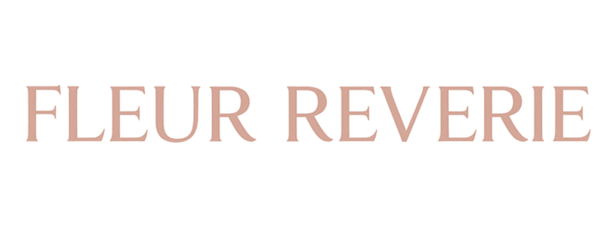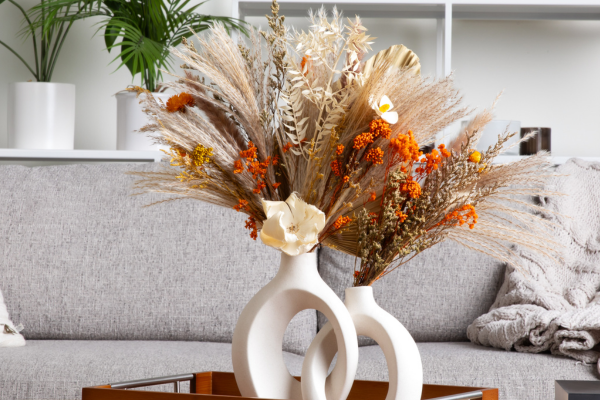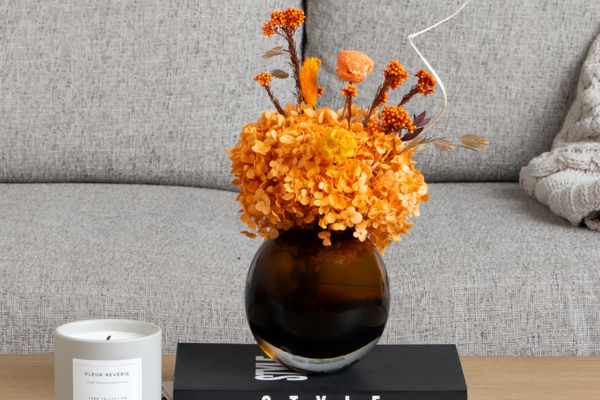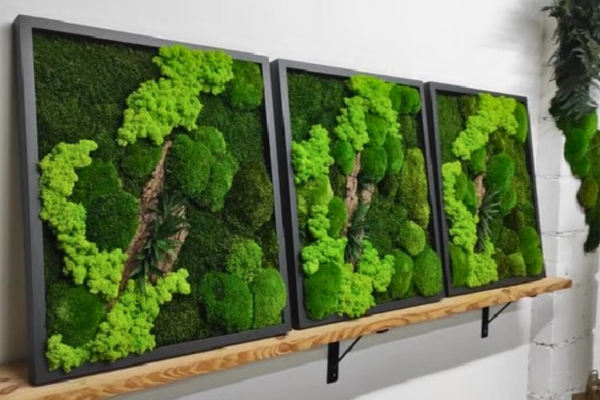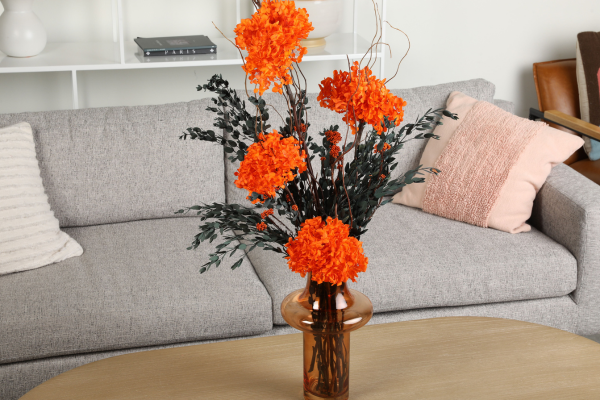In 2026, walls won’t just stand — they’ll breathe.
As architecture and design continue evolving toward wellness-driven, sustainable spaces, one material is quietly emerging at the center of this shift: preserved moss.
What began as a niche interior feature has now become one of the most anticipated design trends of 2026 — embraced by architects, interior designers, and workplace strategists alike. More than a visual statement, “breathing moss” symbolizes a new direction for design: one that reconnects us with nature while reflecting our values of sustainability, calm, and authenticity.
🌿 Why Moss Is the Next Frontier of Biophilic Design
Biophilic design — the practice of integrating natural elements into built environments — has transformed from an aesthetic choice into a wellness standard. Studies continue to show that access to natural forms, textures, and colors can lower stress, improve cognitive performance, and enhance emotional well-being.
Preserved moss design takes this philosophy further by blending organic authenticity with long-term functionality. It captures the look and feel of living nature without the upkeep of traditional green walls — no soil, water, or sunlight required.
Architects are increasingly using moss to:
-
Introduce visual texture that softens modern interiors
-
Support acoustic balance in open spaces
-
Reflect sustainability and permanence through preserved natural materials
-
Offer a sensory connection that traditional surfaces can’t replicate
🏢 The Architecture of Calm
As designers explore the concept of “living architecture,” moss installations represent more than greenery — they embody emotionally intelligent design.
Spaces that feature preserved moss evoke a quiet sense of movement and balance. The layered tones, soft textures, and organic patterns create a feeling of presence — a moment of pause within fast-paced environments.
In workplaces, hospitality venues, and wellness spaces, this translates into emotional sustainability: people feeling better, thinking clearer, and connecting more deeply to their surroundings.
🌍 Sustainability Meets Timeless Design
Preserved moss aligns with a broader cultural shift — where luxury now means less waste, more meaning. Each installation uses 100% natural moss that has been sustainably harvested and preserved, lasting for years without resource consumption.
By removing the need for water systems or artificial replacements, architects are creating sustainable art that’s both practical and poetic — a rare harmony in modern design.
🪴 From Living Walls to Breathing Walls
The idea of “breathing walls” represents a profound design evolution. Walls are no longer static boundaries; they are sensory interfaces — surfaces that interact with light, texture, and atmosphere to shape human experience.
As we move into 2026, moss walls are expected to appear across sectors — from boutique hospitality and retail to large-scale commercial projects. They are becoming a symbol of intentional space-making — one that values authenticity over artifice, texture over polish, and calm over excess.
✨ A Future Rooted in Nature
Design in 2026 is not about technology or trends alone — it’s about reconnection. The spaces that resonate most are those that allow people to breathe, both literally and emotionally.
Preserved moss brings that feeling indoors — quietly bridging the gap between architecture and nature, structure and soul.
At Fleur Reverie, we see this shift not as a passing trend, but as a sign of what design truly aspires to be: timeless, restorative, and alive.
